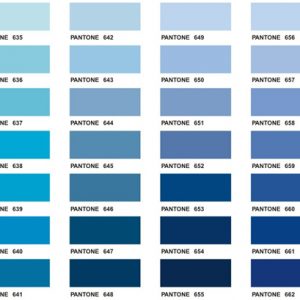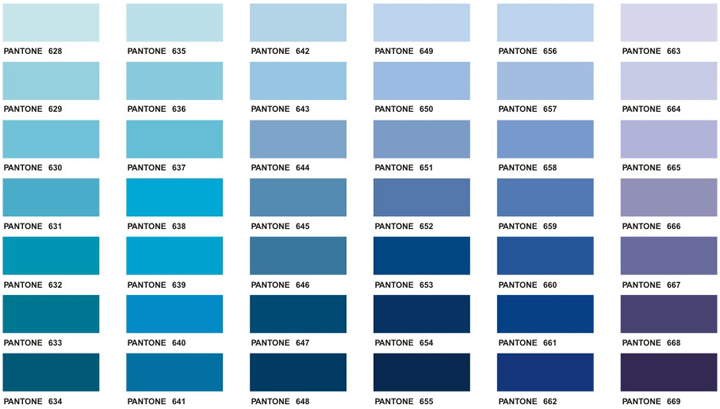Printing Signs and Pantone Colours


Pantone colours are a way to guarantee that you get the colours that you want on your signs. It is a global colour swatch, that we can match up to when we print your signs. When printing signs, it is the only way to guarantee that your custom colours are matched perfectly. When screenprinting signs, we can use a spot colour, that will give an exact match of your colour. When we are digitally printing your stickers, we use a CMYK process (Cyan, Magenta, Yellow and Key – or black). We have a Pantone conversion colour chart for CMYK, that allows us to match up your Pantone colour to our finished product.
For small run signs that are made using our die cut stickers/decals, we have a limited range of vinyl to choose from that cover a wide range of colour options – if you want a specific Pantone colour then we have to digitally print your signs (for which a minimum order applies).
There are a heap of variables that affect your colour when printing. The stock we use can change the colour slightly, as well as the finish – by finish we mean application of a UV laminate over the print – specifying a Pantone allows us to match a hard copy sample with our colour swatch to make sure the finished sign is matched as good as we can get it.
When selecting Pantone colours, it is important to know that the finished product will probably not match the colour that you have Googled. Every computer screen is different, is calibrated differently, has different light in the room or reflections – which means that an on screen sample of a Pantone colour is NOT an accurate indicator. It can be used as a general guide (it to make sure you are getting a teal, not a pink), but the best way to check it accurately is to check with a colour swatch in your hand. These are not cheap – you are looking at a couple of hundred dollars probably – but if the integrity of your sticker design relies on it, then it is probably an expense that will be worth it in the long run.
